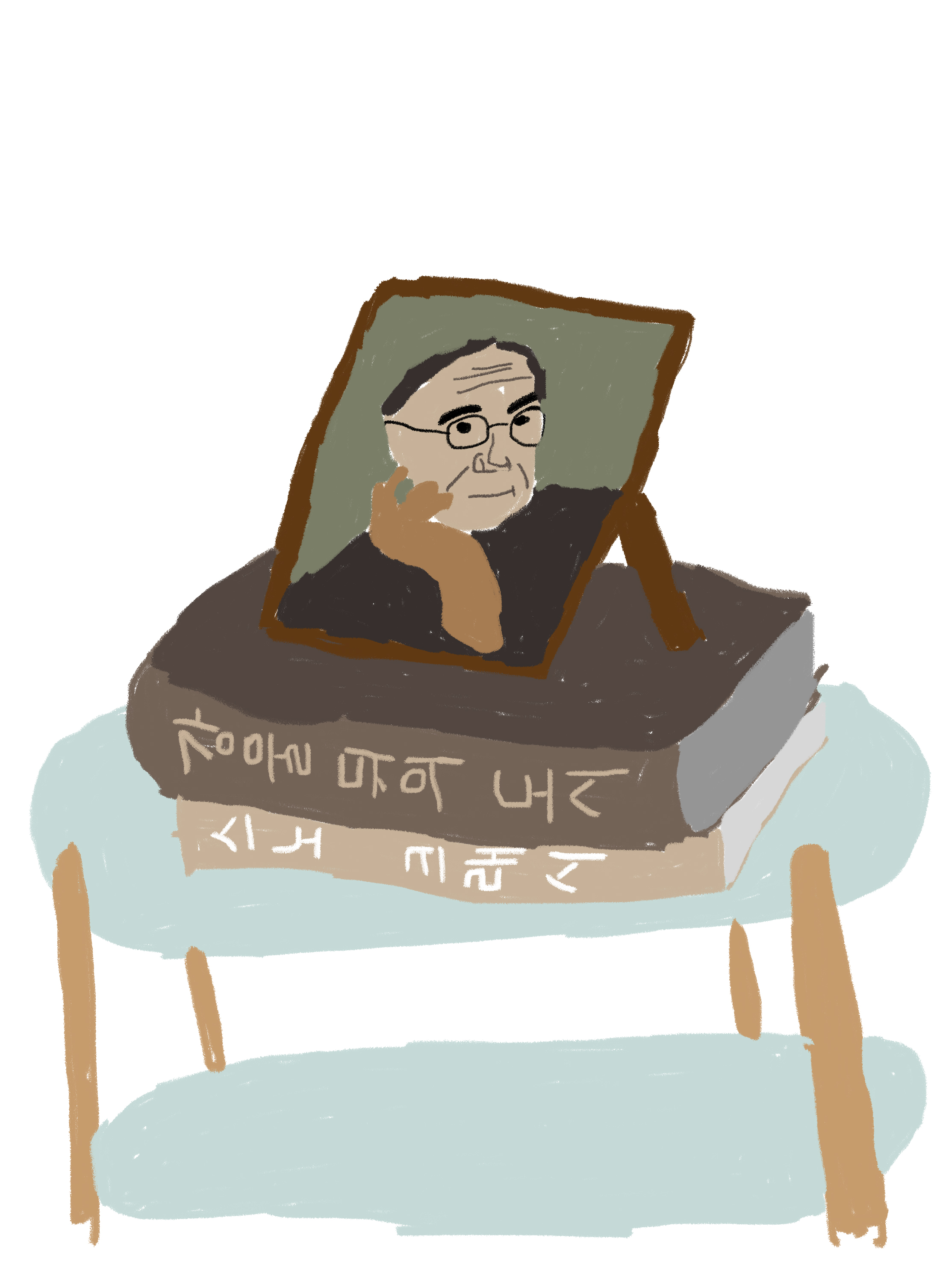Science fiction (SF) is based on scientific facts or theories. It mainly focuses on the future. The currently nonexistent technology and the social and cultural phenomena that appear in the book are all from the writer’s imagination. Nevertheless, most SF stories are plausible. Writing. DJUNA
『I was there in Arcadia』 is a quite short story among long story novels with a background of virtual reality. Recently, it has become a hot topic again in the midst of the popularity of ‘Metaverse’ (a term coined by Neal Stephenson in 『Snow Crash』, a cyberpunk classic in the 80s based on the virtual reality), but I am not sure if it is a trend that will really go on.
I needed a space where it would not be weird no matter what happened, so I brought in the virtual reality before I even started writing the story. I imagined that this world would be a form of direct connection with the brain in order to provide a sense of complete immersion. So, this future is very far from the present. I imagined this virtual space to be a nursing home for dying people, but I used this idea once in a short story called “The Dybbuk”. The nursing homes in Arcadia have a similarity to the afterlife in a novel of『The City Beyond the River』by German writer, Hermann Kasack, so I put his name several times in the story.
To write a story, I needed a limit, so I introduced the limit on the speed of light. Arcadia, the background of this story, is a virtual world located on an asteroid called Icheon, and someone must be on or near the asteroid in order to enter it. If someone is connecting from Earth or Mars, it is difficult to interact directly with the virtual world due to the limit on the speed of light. The background of the asteroid justifies the virtual world. It is because it provides the joy that the poor external environment cannot provide.
Since I introduced the limit on the speed of light, I thought I could use it a lot. I imagined a political/economic coalition of asteroids located nearby. The asteroids changed their orbits for political reasons, and it leaded to a lot of paperwork. Now, the main character had a job.
When I was writing the story, I got a little ambitious, so I decided to bring another genre that can support the story. It is about an alien invasion. What I just created is not a physical being, but the digital data of an extinct alien civilization brought by the nano spacecraft corps. Speaking of which, I think the reason people do not believe in UFOs as they used to is that they do not think that aliens from a highly developed civilization would be onboard spacecraft traveling to study the Earth. I tried to draw a more plausible alien invasion through a modified idea of alien species. I am not sure how long this plausibility will last. Anyway, a war breaks out when militant aliens meet suspicious interstellar politics. All kinds of action scenes are involved, and I tried to mix them as frequently as possible, keeping the same ratio of the physical space in the real world and the space in the virtual world.
All of this is not scientific, but rather the use of conventions created by accumulated scientific imaginations that have already emerged before within the framework of the genre. In the process, I tried not to violate the laws of science very seriously, but there are some lines of the story that I just gloss over. This ‘gloss over’ is often found in stories that are considered classics of hard S which means that the story is the priority no matter how much it is scientifically based. As a writer, I hope the readers see the idea first rather than the ‘gloss over’. But I cannot push the readers to give up the fun of finding and pointing out that ‘gloss over’ lines on purpose.


